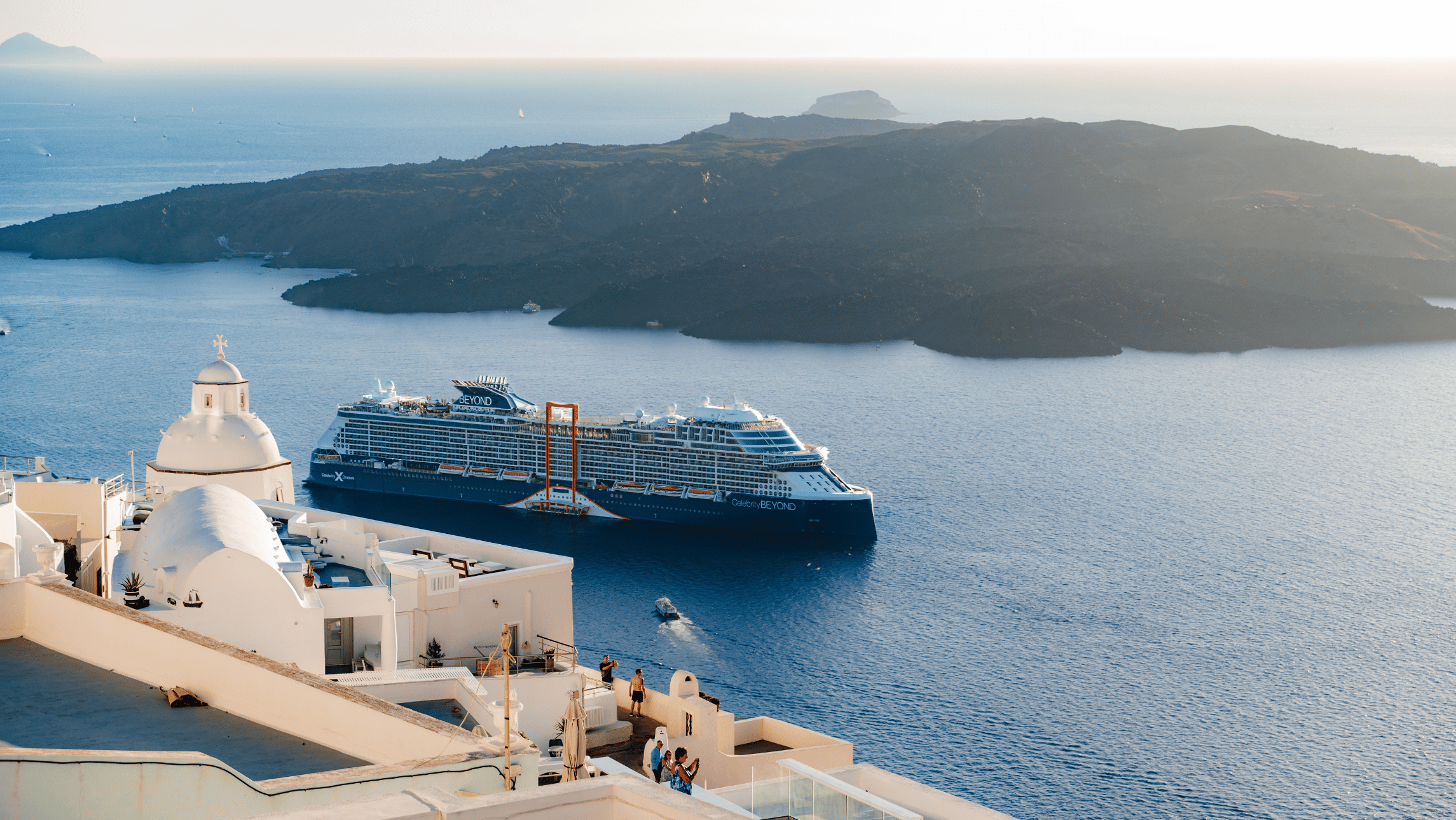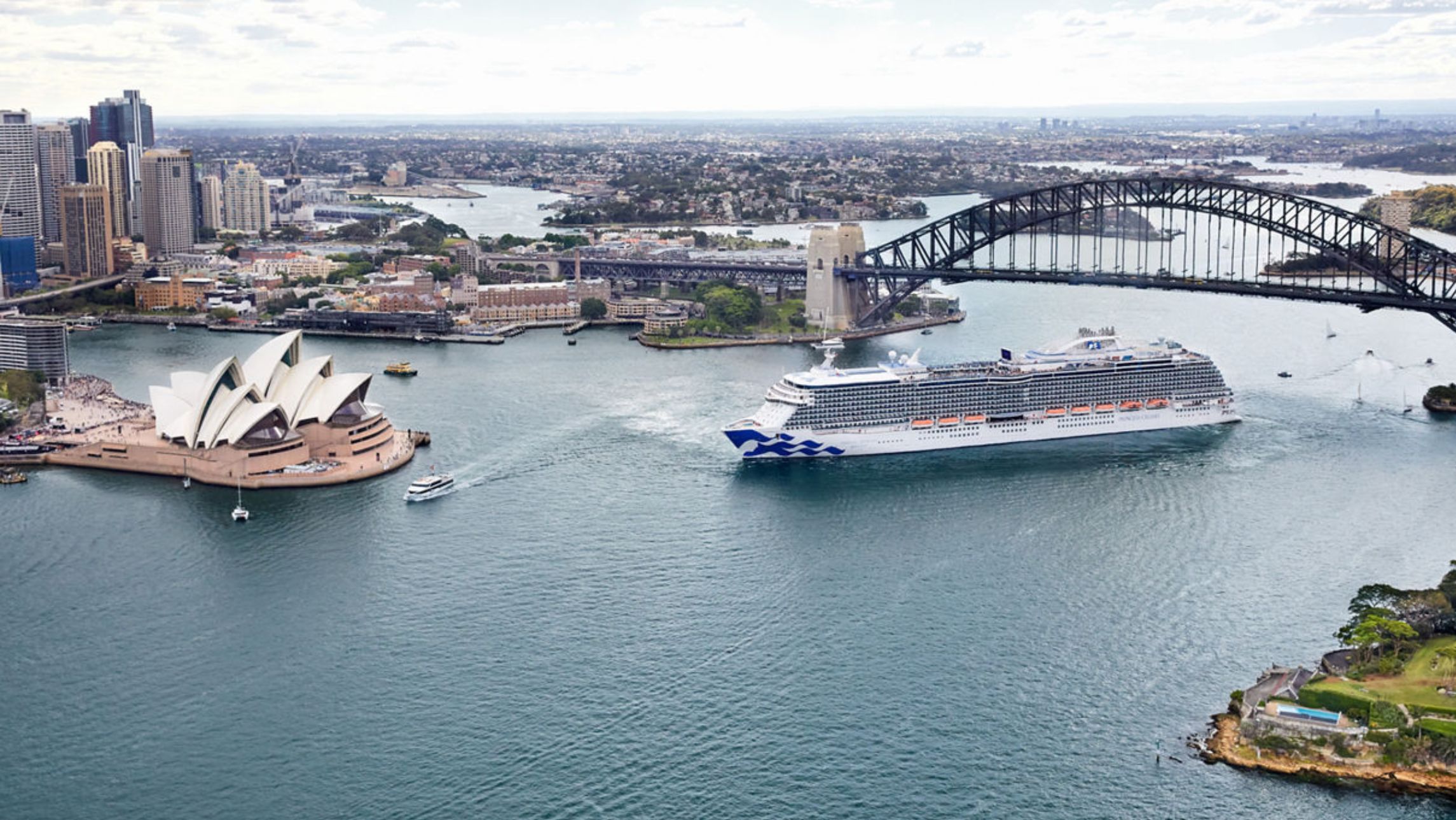It’s become an image that has gone around the world – a group of young Venetians on their gondolas and speedboats, protesting the arrival of Queen Victoria with flags and coloured flares.
Suddenly, over-tourism has become one of travel’s biggest headaches, as popular hotspots bring huge numbers and turn the lives of local populations upside down.
Cheap air fares, an ageing population and China and India’s wealthy middleclass have all put pressure on famous cities and landmarks.
And mega cruise liners, by virtue of their size and concentration, have come under the spotlight at ports across the globe.
Some ships carry over 5,000 passengers, and even bigger vessels are set to launch shortly. But the truth is, in places like Venice visitor numbers reached 9.5 million in 2017.
So it’s more than just the cruise industry causing citizens to protest.
But Cindy D’Aoust, the global president and CEO of the Cruise Lines International Association, told Cruise Passenger that the industry has to be at the forefront of preserving UNESCO sites as well as cities, and they are working swiftly to prevent the problem from spreading.
She said that the cruise industry has identified 16 destinations which may be at risk in the future, and are working with the tourism bodies and local politicians to prevent what is happening in Venice.
“We are experiencing not just a boom in cruise travel, but an overall global tourism boom. People want to travel. Places like Dubrovnik, which was featured so heavily in Game of Thrones is now a major bucket-list destination,” she said.
“But the problem is that the infrastructure in these sites haven’t met the demand of tourist numbers. So we need to preserve these places and make it a positive experience for not just the travellers, but most importantly, the locals. We want to be at the forefront of this issue.”
Ms D’Aoust, in Sydney for CLIA’s Cruise360 conference, said the industry has worked with cities like Dubrovnik to outline problems and find solutions, like arriving at different hours as well as creating small group shore excursions.
“We recently worked with the Mayor of Dubrovnik who started a program called ‘Respect the City’ after he said he was getting a lot of pressure from UNESCO to manage tourism in the city. But rather than limiting visitors, as the hospitality industry is important to the city, he said it’s about educating the guests about the culture.
“So what we are encouraging the lines to do, is to create small group shore excursions. For example, rather than have a busload of people visit the Old City, one of Dubrovnik’s most famous sites, there are options like cooking classes where guests can share a meal with the locals. And what we have found so far is that these small intimate groups, these personal memories last a lot longer.”
But other countries and cities have taken a leaf out of Venice’s book and have already taken pre-emptive steps to make sure tourism is managed better.
“We are in some pre-emptive discussions with many sites to make sure that we find solution. We all need to work together to ensure that we can save these sites,” she said.
“If you look at places like New Zealand, Bergen, the Norwegian Fjords, they are very aware of the importance of preserving their destination and making sure from an environmental perspective. And that’s the right way doing it.










Alaska Inside Passage is truly over populated with tourism, in August 2018 as we were on Celebrity Solstice for the first time.
Ketchikan, Juneau, Scagway were swamped with tourists with more than 3500 pership and there were four ships docking within a few hours from each other, imagine that atmosphere… mind blowing.
Tourism spots have long queues and even to use the washrooms to cope the massive people around the area..
Please sort this issues, Alaska is a fantastic and beautiful place to visit but greed can take a toll on the locals and tourism
The title of this article is “16 DESTINATIONS UNDER THREAT FROM OVER-TOURISM,” only two were mentioned. Well……..??